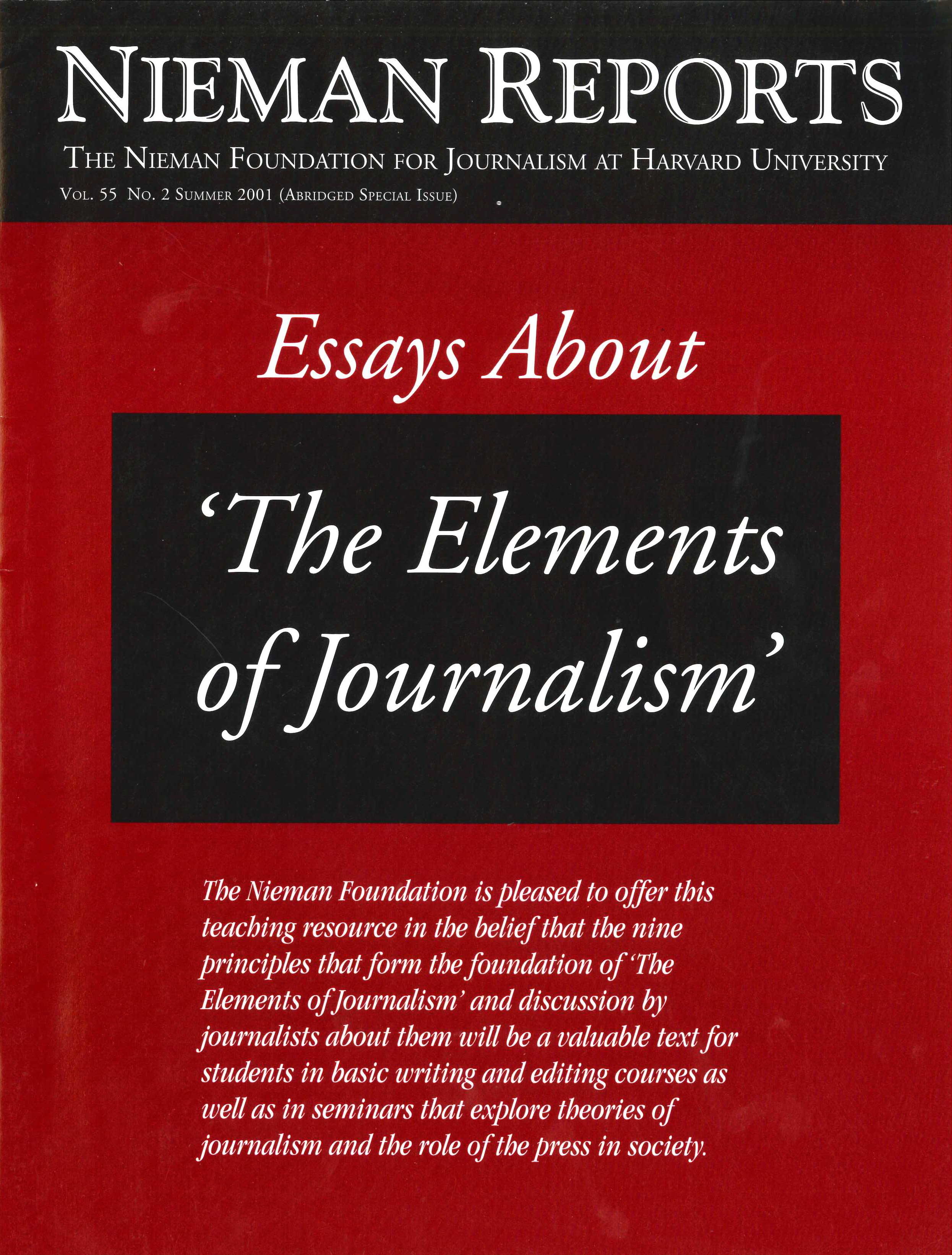It is a lovely metaphor. Journalism today, Bill Kovach and Tom Rosenstiel tell us, is where cartography was in the 15th century. We report well about what our audiences already know, but lapse into sensationalism and exaggeration elsewhere—just as the early mapmakers drew sea monsters for titillation or expanded and shrank continents to fit the prejudices of their consumers.
Journalism should be more like modern cartography, they argue. The news ought to be “proportional and comprehensive,” keeping readers informed about segments of the population with which they are not familiar. Instead, the trend toward target marketing, which began in the 1960’s, is pushing us in the other direction, toward the eventual self-absorbed audience of one.
The two authors have that right. But their proposed solution, adoption of newer market research techniques, won’t cut it. The first problem is that the proposed techniques aren’t new. Kovach and Rosenstiel want to segment audiences “not just on demographics, but on attitudes and behaviors.” Jonathan Robbin, the founder of Claritas Inc., got that idea 40 years ago, and Christine Urban applied it to newspapers in the 1970’s. It is still helping editors visualize their audiences even as their size diminishes.
Kovach and Rosenstiel present another oldie but goodie when they argue that editors should concern themselves less with what readers say they want and more with what they need. True, but uses and gratifications of mass media have been topics of academic research since the 1950’s. The late Steve Star drove the point home to newspaper editors at his marketing seminars in the 1970’s by telling them, “People don’t buy quarter-inch drills, they buy quarter-inch holes.” Heads nodded, but nothing changed. In a business whose product has to be recreated every 24 hours, there’s no time for basic reflection about long-range goals.
The problems that are killing journalism, as we know it, are far too fundamental to be solved by tactical redirection of market research. In the first place, the media industry only pays for research that promises cheap solutions to superficial problems. Its ownership by short-term investors prevents it from looking deeper.
Is this assessment too gloomy? After all, most industries and professions have provisions somewhere in their structures for thinking about the basic questions that will determine their future over the long haul. For many, it involves a close alliance between educators and industry. But newspapers and network television, for most of their existence, never needed the long-term thinkers of academic research. Their oligopoly status made them immune to market forces and any need for innovation. This created a culture that is anti-intellectual and scornful of work without immediate application. But without theories that put some structure on isolated bits of fact, there is no way to understand what is happening to journalism today, much less to develop strategies for preserving it.
Developing theory requires a tribal memory. As Kovach and Rosenstiel note in a previous chapter, journalism doesn’t have one. Unlike other industries, we “fail to communicate the lessons of one generation to the next.” Indeed, we don’t even communicate them from one year to the next. The March 2001 issue of American Journalism Review [AJR] presented the results of a national survey on newspaper credibility funded by the Ford Foundation. The report contained not a single reference to any of the previous credibility studies of the past two decades.
Even Christine Urban’s 1999 study for the American Society of Newspaper Editors was ignored. And ASNE, in commissioning Urban’s study, ignored its own previous work with Kristin McGrath in 1985. She’d laid the groundwork for a better theoretical understanding of the sources of media credibility by revealing intriguing evidence of a relationship between a newspaper’s ability to build strong community ties and the trust its readers placed in it. To ignore this is like writing a local story without checking the clip files—a firing offense at good newspapers.
The purported good news in the AJR study is that 31 percent of respondents to a telephone survey thought their newspapers were becoming more accurate. Asking a one-shot cross section to judge change over time by comparing its current impression with its own offhand recollection is, of course, the world’s worst way to detect change. The right way would be to replicate McGrath’s work today, but nobody will pay for it because each new study sponsor insists on acting as though he or she were the first intelligent life form to ever consider the problem.
We need continuity and theories. Where do theories come from? They can start as metaphors. Kovach and Rosenstiel put us on a good path with the parable of the cartographers. “Comprehensive and proportional” news is a worthy goal. We can define that concept in a way that would allow it to be measured and studied and its value assessed. Let’s get on with it.
Philip Meyer, a 1967 Nieman Fellow, was a reporter and market researcher for Knight Ridder before joining the faculty at the University of North Carolina at Chapel Hill in 1981.


